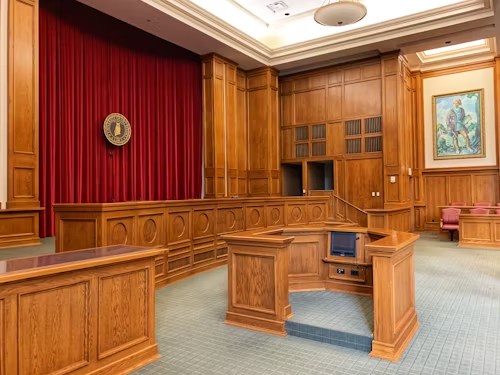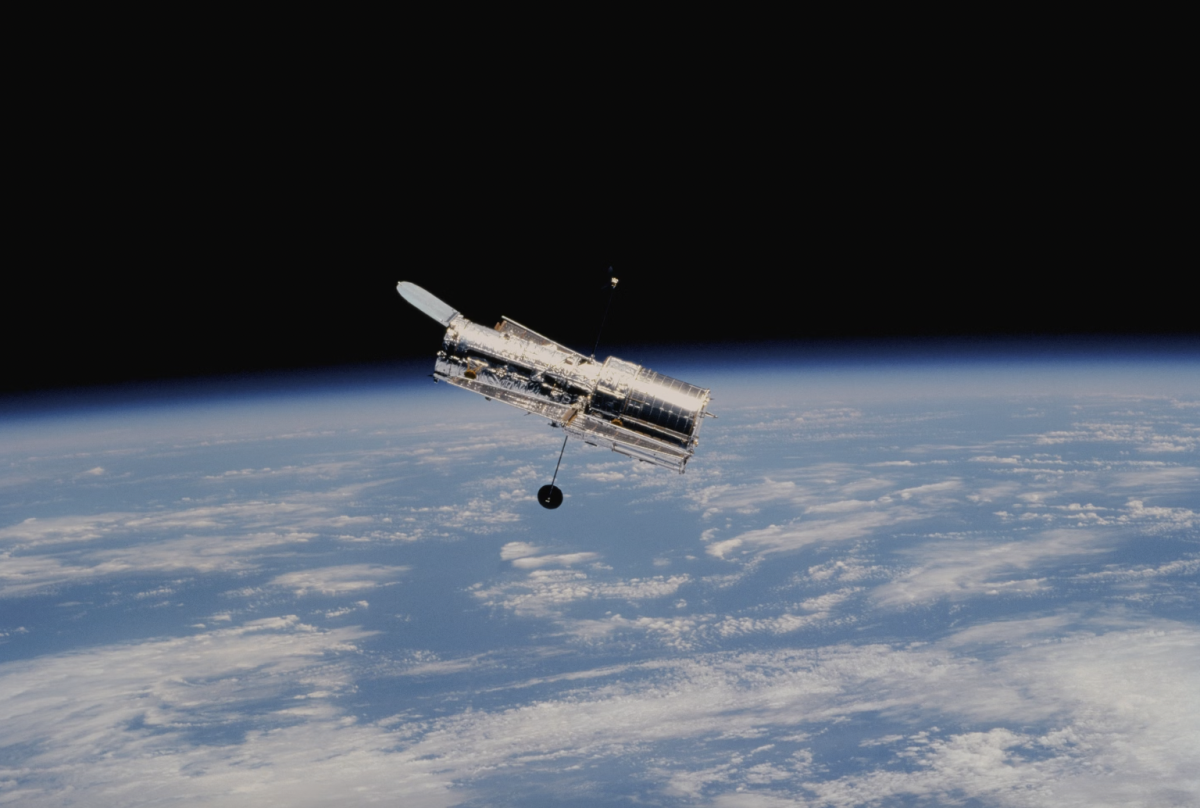Satellites, and their space launches, create large amounts of space debris, which have proven to be a danger for both manned and unmanned spacecraft. The waste in space has accumulated since the first space launches in the 1950s.
On Oct. 4, 1957, Sputnik I was launched, marking the start of an era of space exploration and technological development. It was launched into a Low Earth Orbit (LEO), an orbit between 160 km and 1,600 km of Earth’s surface, and remained there for three months before re-entering Earth’s atmosphere.
Two months after Sputnik I re-entered Earth’s atmosphere, Vanguard 1 was launched into a Medium Earth Orbit (MEO), an orbit that is higher than LEO but lower than Geostationary Orbits (GEO). The change in altitude led Vanguard 1 to have a predicted orbital lifespan of 2,000 years, although, after researchers discovered that space had a higher drag force than they initially expected, their prediction was reduced to 240 years.
Over the past few decades, the number of satellite launches increased exponentially, culminating in nearly 2,000 satellite launches in 2022. Most of these launches were in LEO, which has increased the traffic in that section dramatically. The increase, as well as a greater amount of debris from launches, is becoming a growing concern among space science experts.
Aditi Kushwaha (‘24) is a co-president of the Astronomy Club. Kushwaha expressed her concern regarding the issue. “Space could become too overcrowded to launch missions, especially with the number of debris that [are] in space and the increasing number of missions that are being planned.”
It is estimated that there are currently 170 million pieces of debris orbiting Earth. These pieces are moving on average at 8 kilometers per second (km/s) — a bullet, by comparison, travels at 0.76 km/s, allowing the debris to damage or destroy spacecrafts.
The constant movement of debris led to many near encounters where two objects in space are within 1 km of each other, as well as three unintentional low speed collisions and seven unintentional high speed collisions which have formed clouds of debris around the wrecks. Debris clouds also formed due to five different satellite destruction tests performed by China, Russia, India and the U.S.
Parker Gray (‘26) is a Green Hope sophomore enrolled in an honors astronomy class. When asked about his thoughts on restricting the amount of satellites companies could have in space at once, Gray expressed his belief that it is companies’ responsibility to minimize space debris., “I think that companies should be limited to certain amounts of satellites as to not pollute the space surrounding earth and to minimize crashes. Companies like SpaceX should be unable to launch thousands of satellites into our atmosphere for the sake of future stellar observations.”

SpaceX is one of the largest contributors to the amount of debris and satellites that are currently in orbit with 5,300 satellites launched since 2019, 4,394 of which are operational as of Oct. 21, 2023. Over half of the rocket launches from 2022 were related to them. The company is responsible for 1,600 of the 3,000 near misses that occur every week and was criticized by many when videos showing the implications of its debris were released on July 1, 2021 and Oct. 21, 2021. The video depicted Starlink satellites forcing the Chinese Tiangong Space Station to engage in evasive maneuvers to avoid a collision.
Companies and governments have begun to initiate efforts to clean the orbit, however, as many are beginning to store fuel in their active satellites to de-orbit them once they are no longer of use. Some companies are also designing spacecraft with the sole purpose of clearing dead satellites and debris.
“I think communication is key. With [that] being said, I think that companies should share the orbit paths for their spacecraft and keep in touch with one another when they are sending their spacecraft into orbit,” said Kushwaha.
As companies continue to launch space missions, the effects of space debris remain to be seen.












































































